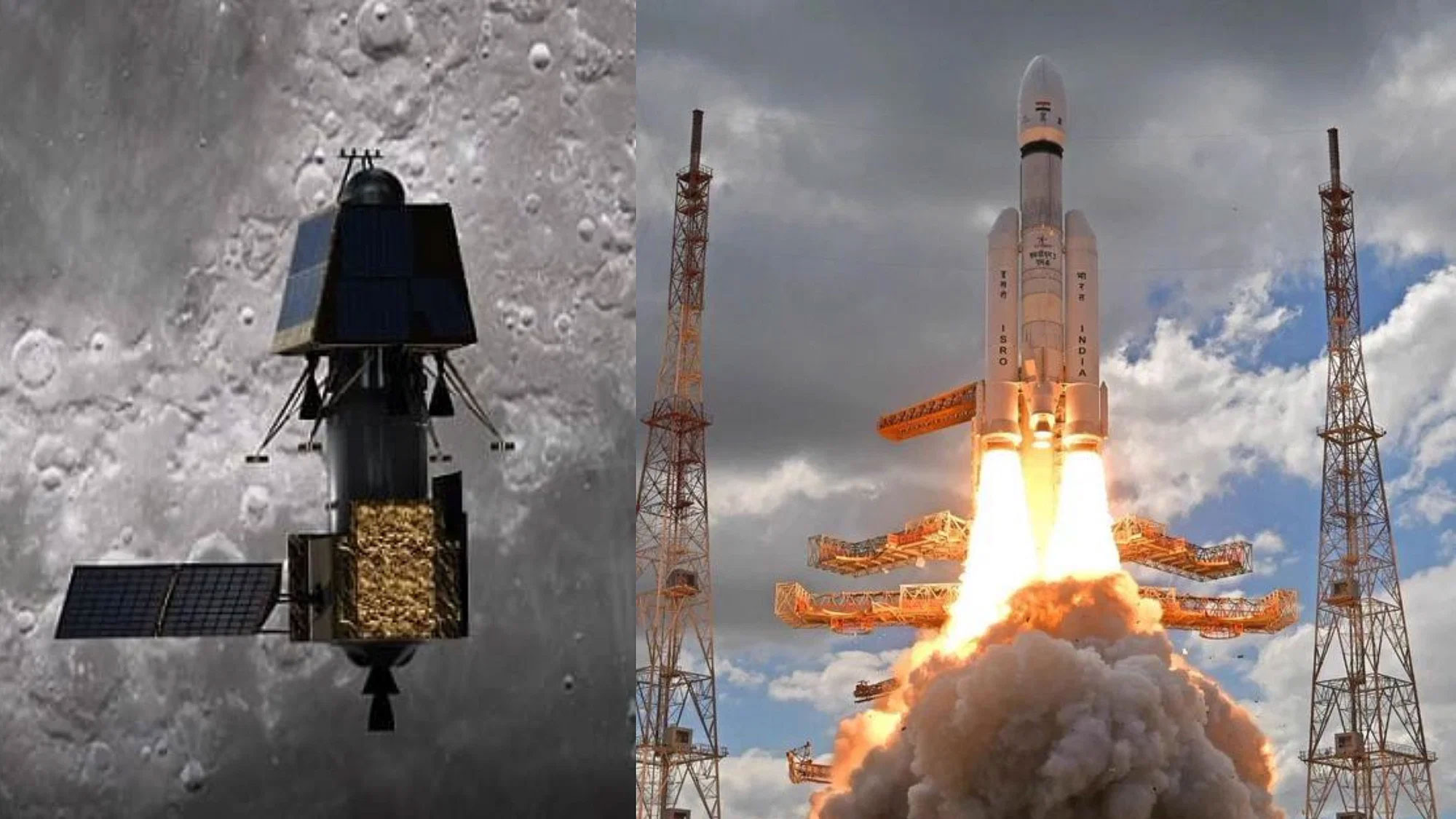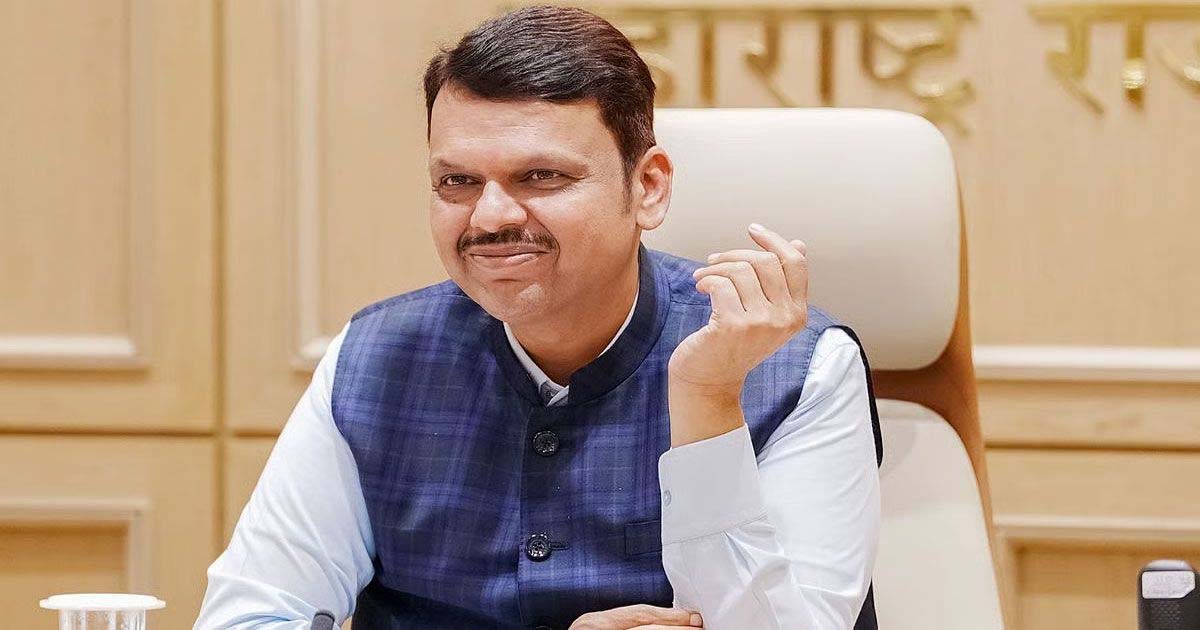General
‘Chandrayaan 3 Landing Will Be Postponed To August 27, If Factors Unfavourable’, Says ISRO Scientist

Ahmedabad, August 21: If any factor regarding the lander module appears unfavourable, then the landing will be shifted to August 27, said the Space Applications Centre-ISRO about Chandrayaan-3 on Monday. Nilesh M Desai, director of Space Applications Centre-ISRO, Ahmedabad said that the decision regarding the landing will be taken based on the health of the lander module and the conditions on the Moon.
Decision will be taken hours before landing on August 23
“On August 23, two hours before Chandrayaan-3 lands on the Moon, we will decide on whether or not it will be appropriate to land it at that time based on the health of the lander module and the conditions on the Moon. In case, if any factor appears to be not favourable, then we will land the module on the Moon on August 27. No problem should occur and we will be able to land the module on August 23,” Director Desai said.
ISRO Chairman and Secretary Department of Space S Somanath called on the Union Minister of State (Independent Charge) Science and Technology, Atomic Energy and Space Jitendra Singh in New Delhi today and apprised him of the status and readiness of ‘Chandrayaan-3’ for the moon landing scheduled on August 23, 2023.
ISRO Chairman briefs Minister Jitendra Singh
Chairman ISRO briefed the minister on the health status of Chandrayaan-3 and said that all systems are working perfectly and no contingencies are anticipated on Wednesday. In the next two days, the health of Chandrayaan-3 will be continuously monitored. The final sequence of landing will be loaded two days ahead and tested out, he said.
Jitendra Singh expressed his confidence in ‘Chandrayaan-3’
During the meeting, Minister Jitendra Singh expressed his confidence in ‘Chandrayaan-3’ making a soft landing this time and hoped that it will script a new history of planetary exploration under the guidance of Prime Minister Narendra Modi. ISRO said the Chandrayaan-3 is set to land on the moon on August 23, 2023, around 18:04 hours IST. Live actions will be available on the ISRO website, its YouTube channel, Facebook, and public broadcaster DD National TV from 17:27 IST on Aug 23, 2023.
While the Chandrayaan-2 mission was only “partially successful” since the lander lost contact after a hard landing, the ISRO successfully established two-way communication between the Chandrayaan-3 lander module and the still-orbiting Chandrayaan-2 orbiter. In a significant development, the Chandrayaan-2 orbiter which was already fixed around the moon established a two-way connection with the lander module of Chandrayaan-3 on Monday.
ISRO shared images of far side of the moon
Earlier today, the ISRO shared new images of the lunar far side area captured by the Chandrayaan-3. India will be the fourth country in the world to achieve this feat after the United States, Russia, and China, but India will be the only country in the world to land on the lunar south pole.
The primary objectives of the Chandrayaan-3 mission are threefold — to demonstrate safe and soft landing on lunar surface; to demonstrate rover roving on the moon, and to conduct in-situ scientific experiments.
Chandrayaan-3’s development phase commenced in January 2020 with the launch planned sometime in 2021. However, the Covid-19 pandemic brought an unforeseen delay to the mission’s progress.
Jitendra Singh recalled that the first in the series of Chandrayaan — namely Chandrayaan-1, is credited for having discovered the presence of water on the surface of the Moon, which was a new revelation for the world and even the premier Space agencies like the USA’s NASA (National Aeronautics and Space Administration) were fascinated by this discovery and used the inputs for their further experiments.
Chandrayaan-3 mission was launched on July 14, 2023, via the GSLV Mark 3 (LVM 3) heavy-lift launch vehicle from the Satish Dhawan Space Centre in Andhra Pradesh’s Sriharikota at 2:35 PM.
Ahead of the much-awaited soft landing of Chandrayaan-3 on the south pole of the Moon, former director of the Indian Space Research Organisation (ISRO) and in-charge of the previous lunar mission ‘Chandrayaan-2’, K Sivan earlier today said that the mission will be a “grand success”. “It’s a very anxious moment…I’m sure that this time it will be a grand success,” Sivan said while speaking to news agency.
“We have our own system and we will be establishing a soft landing without any problem. But it is a complex process,” he said while responding to a question asked whether there would be any impact after the failure of Russia’s Luna-25 mission. Russia’s moon mission failed after its Luna-25 spacecraft spun out of control and smashed into the moon on Sunday.
He said that corrective measures have been taken after going through data generated by the Chandrayaan-2 mission. When asked if those additional systems too were indigenous, Sivan said, “Everything is indigenous.”
Earlier today, ISRO released images of the lunar far side area captured by the Lander Hazard Detection and Avoidance Camera (LHDAC). This camera assists in locating a safe landing area — without boulders or deep trenches — during the descent.
Notably, the ‘Vikram’ lander module of the spacecraft successfully separated from the propulsion module recently, and subsequently underwent crucial deboosting manoeuvres and descended to a slightly lower orbit. The Chandrayaan-3 mission’s lander is named after Vikram Sarabhai (1919–1971), who is widely regarded as the father of the Indian space program.
A GSLV Mark 3 (LVM 3) heavy-lift launch vehicle was used for the launch of the spacecraft that was placed in the lunar orbit on August 5 and since then it has been through a series of orbital manoeuvres been lowered closer to the moon’s surface.
It has been a month and seven days since the Indian Space Research Organisation launched the Chandrayaan-3 mission on July 14. The spacecraft was launched from the Satish Dhawan Space Centre in Andhra Pradesh’s Sriharikota.
The stated objectives of Chandrayaan-3, India’s third lunar mission, are safe and soft landing, rover roving on the moon’s surface, and in-situ scientific experiments. The approved cost of Chandrayaan-3 is Rs 250 crores (excluding launch vehicle cost).
Chandrayaan 3 development phase commenced in January 2020
Chandrayaan-3’s development phase commenced in January 2020 with the launch planned sometime in 2021. However, the Covid-19 pandemic brought an unforeseen delay to the mission’s progress.
The key scientific outcomes from Chandrayaan-2 include the first-ever global map for lunar sodium, enhancing knowledge on crater size distribution, unambiguous detection of lunar surface water ice with IIRS instrument, and more.
Maharashtra
Anti-Narcotics Cell ANC arrests drug dealer Akbar Khao in major operation

Mumbai: Anti-Narcotics Cell ANC Ghatkopar has claimed to have arrested drug dealer Mohammad Shafi Sheikh alias Akbar Khao on charges of drug trafficking. MCOCA was applied to him in the police station for drug trafficking and he was released on bail. Despite this, he used to supply drugs. ANC had arrested an accused in a drug case. During his investigation, it was revealed that Akbar Khao was a fugitive in this case. His details were known and clues were found. He is hiding in Odisha, after which the police arrested him from Raj Gangapur Sundergarh. A total of 15 cases have been registered against Akbar Khao, including NDPS Act and various crimes. Two NDPS Act cases are registered in VB Nagar. ANC has 2 NDPS drug trafficking cases, a total of 18 cases have been registered. The ANC has arrested two accused in this case and also seized drugs worth Rs 12 crore. This operation was carried out by ANC DCP Nunath Dhole on the instructions of Mumbai Police Commissioner Deven Bharti.
Maharashtra
State ready for Zilla Parishad and Gram Panchayat Mahayuti elections: Chief Minister Fadnavis

In the Zilla Parishad and Gram Panchayat elections in Mumbai state, Mahayuti will contest the election as a united front and even where there is no electoral consensus in Mahayuti, there will be a friendly contest and it is hoped that the people of the state will trust Mahayuti in these elections. This claim has been made by Maharashtra Chief Minister Devendra Fadnavis. No formula for the distribution of seats in Mahayuti has been decided so far for the local body elections. However, where the alliance party and the BJP are strong, a formula for a solo contest has been decided, just like the talk of Eknath Shinde in Thana and BJP’s solo contest in Pune is common.
Fadnavis criticized Uddhav Thackeray and said that it is his job to insult him. If he is visiting the state, it is a good thing, but the people know everything and they will restore faith in Mahayuti in the elections. He said that the Election Commission has announced the elections. Uddhav Thackeray and the opposition want to postpone the elections, so they are alleging irregularities and rigging in the voting list. However, the Supreme Court has issued instructions to hold the elections soon, so it is not possible to postpone or delay the elections. Fadnavis expressed confidence that he has faith in the people. This time too, the people will agree with Mahayuti. Therefore, the opposition wants to postpone and postpone the elections, while Mahayuti is ready for the elections.
Maharashtra
No one’s father has India, MLA Abu Asim Azmi takes a dig at Nitesh Rane

Mumbai: Maharashtra Samajwadi Party leader and MLA Abu Asim Azmi has expressed his anger over Nitesh Rane statement and has given a befitting reply and said that no one’s father has India. He said that Nitesh Rane constantly shows provocations and no action is taken against him. Many cases have been registered but no action is taken. Sharjeel Imam, Umar Khalid are in jail but they are free. They did not show any provocation. The Supreme Court has directed strict action against hate speech but why does the government not take action against such elements who spread hatred.
-

 Crime3 years ago
Crime3 years agoClass 10 student jumps to death in Jaipur
-

 Maharashtra1 year ago
Maharashtra1 year agoMumbai Local Train Update: Central Railway’s New Timetable Comes Into Effect; Check Full List Of Revised Timings & Stations
-

 Maharashtra1 year ago
Maharashtra1 year agoMumbai To Go Toll-Free Tonight! Maharashtra Govt Announces Complete Toll Waiver For Light Motor Vehicles At All 5 Entry Points Of City
-

 Maharashtra1 year ago
Maharashtra1 year agoFalse photo of Imtiaz Jaleel’s rally, exposing the fooling conspiracy
-

 National News1 year ago
National News1 year agoMinistry of Railways rolls out Special Drive 4.0 with focus on digitisation, cleanliness, inclusiveness and grievance redressal
-

 Maharashtra12 months ago
Maharashtra12 months agoMaharashtra Elections 2024: Mumbai Metro & BEST Services Extended Till Midnight On Voting Day
-

 National News1 year ago
National News1 year agoJ&K: 4 Jawans Killed, 28 Injured After Bus Carrying BSF Personnel For Poll Duty Falls Into Gorge In Budgam; Terrifying Visuals Surface
-

 Crime1 year ago
Crime1 year agoBaba Siddique Murder: Mumbai Police Unable To Get Lawrence Bishnoi Custody Due To Home Ministry Order, Says Report






















